(NB&CL) Cultural heritage, including artifacts, constructions or traditional festivals that have existed for centuries, is an invaluable resource, not only for preservation but also for sustainable exploitation to promote socio-economic development. However, for many years, cultural heritage has often been considered a silent resource, with little attention paid to its proper exploitation. As the world is witnessing the explosion of creative industries and tourism, the recognition and development of cultural heritage as a driving force for development is an urgent issue that needs special attention.
Turn heritage into “assets” Cultural heritage is not only a mark of the past but also a valuable resource that can be exploited to create sustainable value for the future. In the context of economic development, the need to preserve and promote heritage values is becoming increasingly urgent. From ancient pagodas, traditional festivals, to historical and cultural relics, each part of heritage contains great potential not only in terms of education, but also in terms of economy and society. However, exploiting heritage as a resource for economic development is still a long story with many challenges and opportunities. |
Silent resources need to be exploited
With a diverse and rich culture, Vietnam possesses a huge treasure trove of heritage, from tangible heritages such as Thang Long Imperial Citadel, My Son Sanctuary, Hue Ancient Capital, to intangible heritages such as Bac Ninh Quan Ho folk songs, Phu Tho Xoan singing, or Southern amateur music... These heritages are both historical witnesses and an indispensable part of the spiritual life of the people, and at the same time have great potential in developing tourism and cultural industry.
In fact, some localities are doing well in taking advantage of cultural heritage to create connections between people and create momentum for economic development. For example, in Quang Binh, exploiting the tourism potential from natural and cultural heritage has helped the locality develop strongly in recent years. Phong Nha - Ke Bang relic site, a world natural heritage, not only attracts millions of tourists each year but also creates a series of service industries, from accommodation, food to transportation, helping to improve the lives of local people.
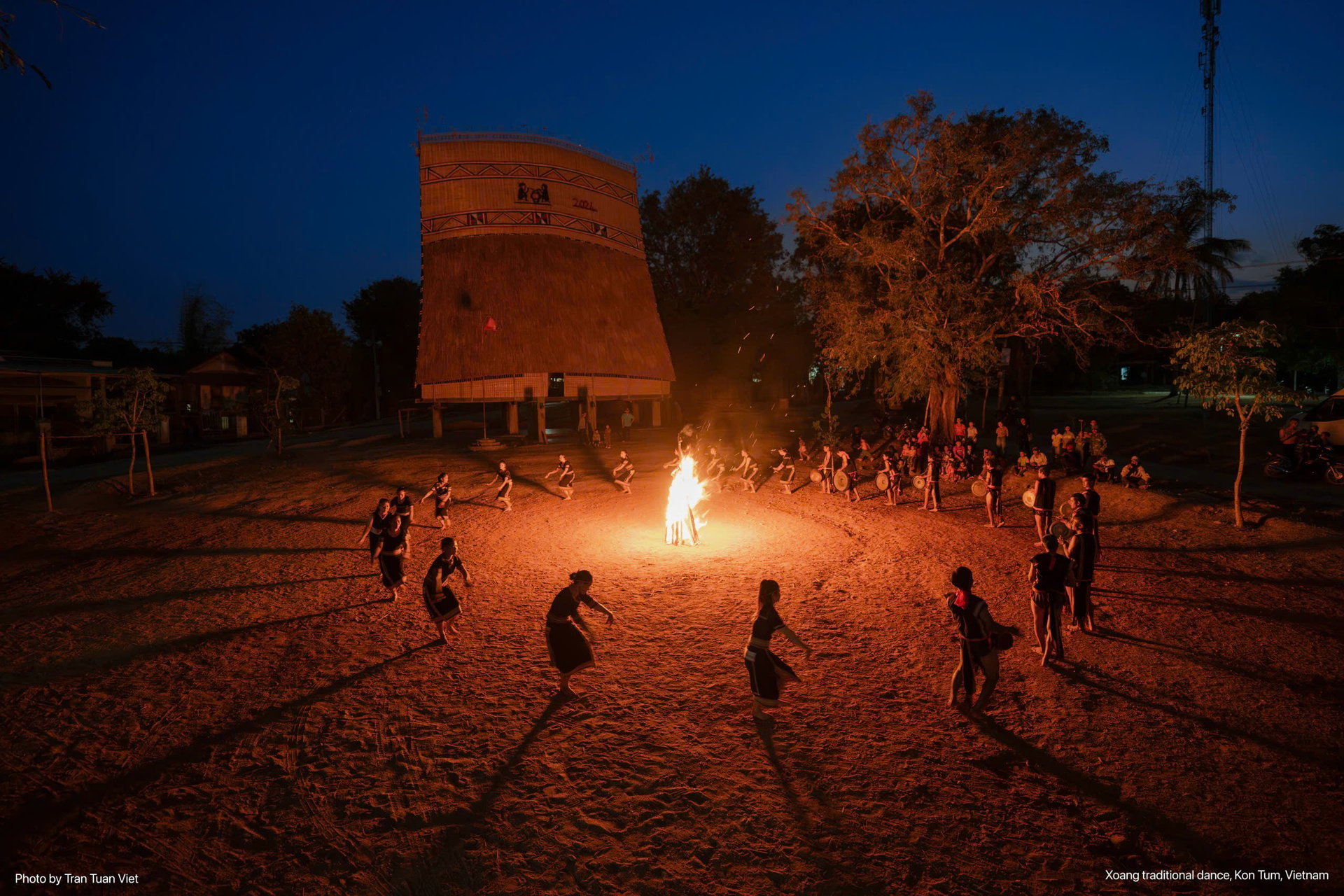
Traditional Xoang dance of the Ba Na people in Kon Tum - Photo: Tuan Tran
Mr. Nguyen Chau A, General Director of Chua Me Dat Company Limited, shared about the combination of heritage and tourism in Quang Binh: “Phong Nha - Ke Bang natural heritage has become a national tourism brand. However, for sustainable development, we need to closely combine conservation and exploitation, while promoting the development of creative tourism products, connecting with other industries”.
As one of the localities possessing unique historical and cultural values, Hanoi is pioneering in using heritage and cultural industry models to promote socio-economic development through a series of events of the Hanoi Creative Design Festival. This is a new trend in exploiting heritage, combining conservation and development. In addition to honoring traditional values, the event also creates sustainable economic values, promotes tourism development, creative industries and creates a boost in improving community life.
After 4 years of organization (from 2021), the Festival "awakened" heritages that were hundreds of years old and seemed to have "fallen asleep", becoming attractive cultural destinations such as Gia Lam railway factory, Hang Dau water tower, or Bac Bo Phu (current Government Guest House), and the beautiful palace-like Ngu Nhu Kon Tum hall at the University of Natural Sciences (former General University) for the first time for visitors to visit... With more than thousands of events including the contribution and cooperation of many management agencies, business communities, artists, designers, creators, mobilizing many types of creativity such as: Design, fashion, performing arts, music... Hanoi Creative Design Festival has attracted millions of visitors, of which the 2024 event with the theme "Creative Crossroads" has the participation of about 300,000 people and tourists. This positively contributes to the capital's GRDP growth.
Assessing the Hanoi Creative Design Festival, Associate Professor, Dr. Bui Hoai Son - Standing Member of the National Assembly's Committee for Culture and Education said: "The festival really made a strong impression on the creative community not only in Hanoi, Vietnam but also in the region and the world. Perhaps, we have never seen such a strong and inspiring creative spirit. Even more special is that the atmosphere and spirit come from the community, individual artists and the people. Thus, once again, the Party's viewpoint and the State's policy on developing cultural industries truly meet the needs, aspirations of the people and the reality of life".
However, according to many experts, many cultural heritages in Vietnam have not yet been fully exploited as a resource for economic development. The case of Co Loa (Dong Anh, Hanoi), a special national relic with a history of 2,300 years, is a typical example of a heritage that is still "sleeping". As Associate Professor, Dr. Nguyen Van Huy (Deputy Director of the Center for Conservation and Promotion of Heritage Values VUSTA) said at the talk show "Co Loa: From core values to conservation and development" not long ago, "more than half a century has passed since Co Loa was recognized as a national relic. We cannot wait any longer".
At the workshop “Preserving and restoring typical historical and cultural relics, serving traditional education and economic and tourism development”, held in Ninh Binh in October 2024, Associate Professor, Dr. Bui Thanh Thuy (Hanoi University of Culture) said that the greatest significance of preserving and promoting the values of relics is to ensure the continuity and unbrokenness of the national cultural and historical traditions. At the same time, when relics become tourism resources, they will bring great economic benefits. Local communities in any region that has developed tourism have recognized this benefit.
Challenges in exploiting cultural heritage
By 2024, the country will have 8 relics recognized by UNESCO as World Cultural and Natural Heritage, 15 world intangible cultural heritages, and thousands of special national relics and relics. These are national assets and important resources for building and developing tourism. In addition, Vietnam has been consecutively honored as "Asia's Leading Cultural Destination" by the World Travel Awards, along with many local tourism titles awarded by world organizations from 2019 to this year, showing that the value of Vietnam's cultural heritage is always attractive and appealing to tourists.
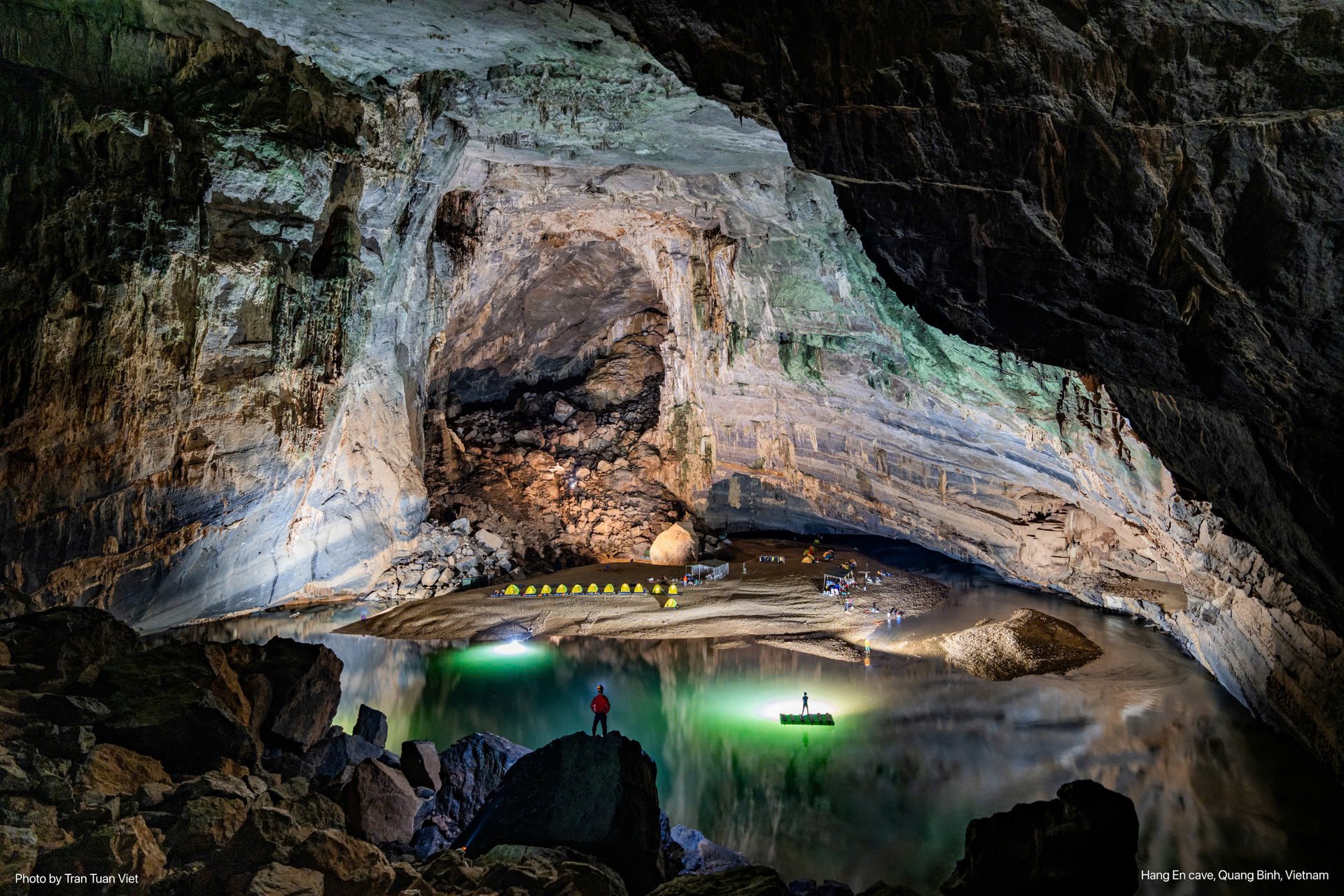
Phong Nha - Ke Bang - Photo: Tuan Tran
However, the effective exploitation of cultural heritage to contribute to economic development still faces many challenges. Difficulties in preserving heritage values while developing tourism products, the lack of effective management and protection mechanisms, or even the lack of understanding in the community about the importance of cultural heritage are still difficult problems. If historical sites and scenic spots are not properly managed and preserved, they will easily deteriorate or lose their original unique values.
In recent years, many sad stories have occurred when the restoration and embellishment of relics in many places have broken the current status, even encroaching on the core area of the heritage. For example, the story of using excavators to preserve Banh It temple (Binh Dinh), the destruction of an ancient well in Thanh Hoa, the construction of a concrete road leading to Cai Ha mountain in the core area of Trang An heritage, or construction violations that have destroyed the landscape environment of heritages in Ha Long Bay, Ha Giang, Da Lat, etc. These are the consequences of unsynchronized management and limited community awareness.
According to Associate Professor, Dr. Nguyen Thi Thu Phuong, Director of the Vietnam National Institute of Culture and Arts, the process of protecting and restoring historical and cultural relics still shows shortcomings. The roles of parties involved in preserving and restoring relics, exploiting economic and tourism development, especially the role of the community, have not been decentralized, responsibilities have not been clearly defined, and benefits have not been clearly divided. “The results of mobilizing social resources to restore and restore relics are not commensurate with the potential and position of cultural heritages. The connection and cooperation between sectors, fields and localities in the strategy of preserving and promoting the value of historical and cultural relics associated with education, human resource development, building and developing cultural and tourism products and services, contributing to the development of creative cultural industries are still limited and inadequate,” she emphasized.
In this context, the National Assembly’s approval of the 2024 amended Heritage Law marks an important step forward in the conservation and promotion of cultural heritage values in Vietnam. The amended law not only emphasizes the role of heritage as a national asset that needs to be protected, but also provides specific regulations to promote the connection between heritage conservation and economic development, especially the cultural industry and creative tourism.
Need a synchronized exploitation strategy
However, in promoting the value of heritage effectively, in addition to the legal corridor, the human factor and the way of doing things also play an equally important role. Cultural heritage has great value, but to turn them into a real "material force" to promote socio-economic development, the participation of many parties, including managers, businesses and the community is needed. Developing tourism products from heritage needs to be done scientifically and systematically to not only grow the tourism industry but also create many job opportunities and develop other service industries.
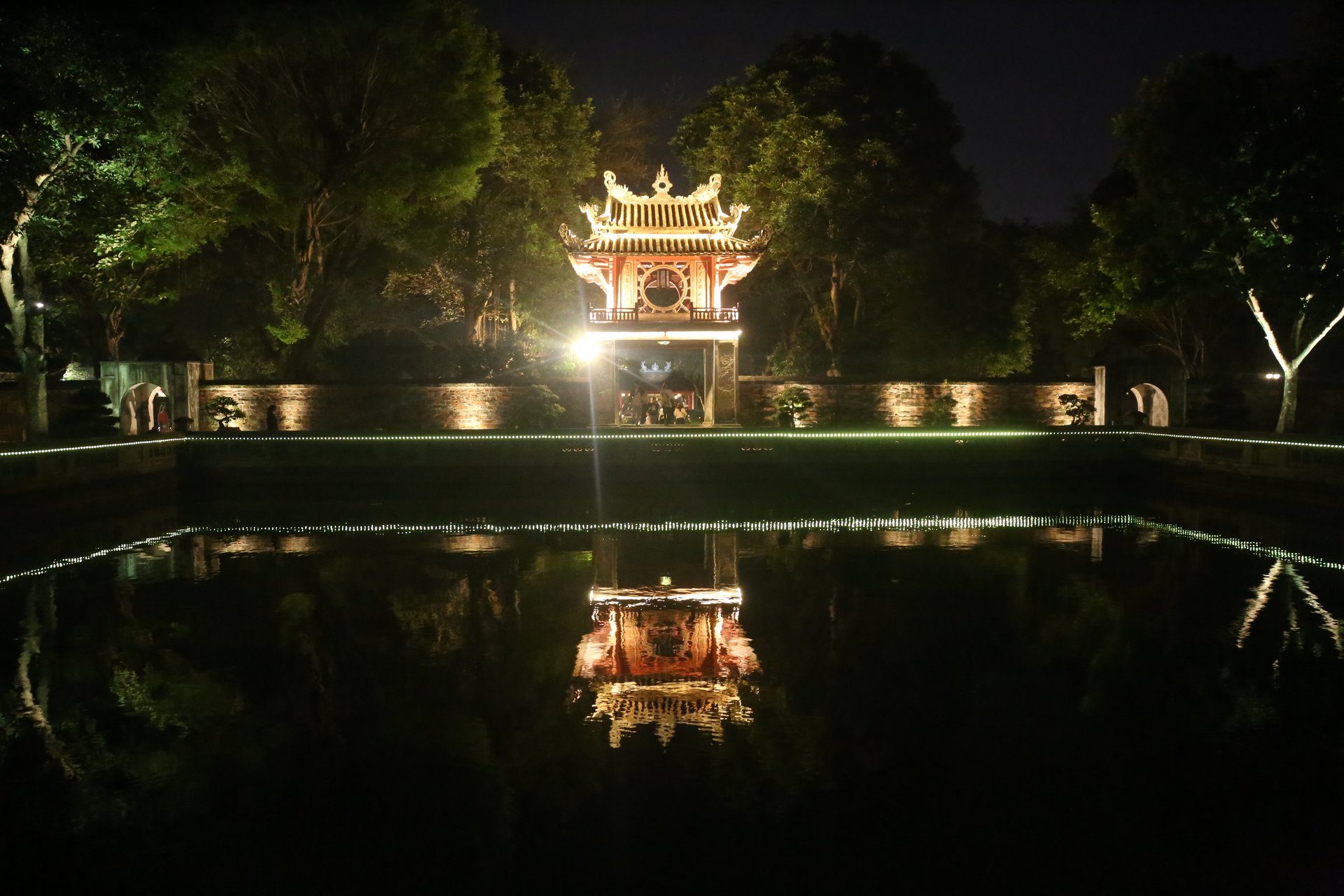
Night tour "Decoding the Imperial Citadel" at Thang Long Imperial Citadel relic site - Photo: Dinh Trung
According to Associate Professor Dr. Dang Van Bai, Vice Chairman of the National Council for Cultural Heritage, we need to turn heritage into vivid products through practical experiences. Typical examples include night tours at Thang Long Imperial Citadel, or the Hanoi Creative Design Festival, where heritage is lit up by modern breath, attracting millions of visitors and contributing to economic growth.
Sharing about the local approach, Director of the Department of Culture, Sports and Tourism of Ninh Binh province Nguyen Manh Cuong said that Ninh Binh always pays attention to the work of preserving and promoting the value of cultural heritages associated with economic and tourism development, especially the system of historical - cultural relics and typical scenic spots of the province. "Thousands of relics have been restored and embellished; many relics have promoted their values, contributing to educating traditions and national pride; many relics and scenic spots have become attractive tourist areas and destinations, attracting a large number of domestic and international tourists...", Mr. Nguyen Manh Cuong affirmed. With determination and the right path, Ninh Binh is becoming a bright spot in exploiting heritage to develop tourism.
Other requirements are that Vietnam needs to reform its administration, build a system of investment incentive policies, create a favorable business environment and raise public awareness of the value of heritage. Incentive mechanisms, reasonable tax policies and legal support for businesses in exploiting heritage will create great motivation to develop this field. Speaking at the seminar "Vietnam - a new destination for world cinema", Mr. Le Hong Thai, representative of Hanoi Tourism Corporation, assessed: "Simplifying administrative procedures and creating preferential tax policies will help businesses easily participate in exploiting heritage. This will not only help develop tourism but also create many job opportunities for the community".
In addition, management agencies must promote digital transformation in heritage management and promotion, such as building digital heritage maps and organizing online tours to increase accessibility for global visitors.
Cultural heritage is not only a story of the past but also a key to open the door to a sustainable future. From a “dormant asset” to a development resource, cultural heritage needs to be preserved, exploited effectively and creatively to become a strong economic, social and cultural driving force. That requires not only synchronous policies and community cooperation, but also innovative thinking in the way of perceiving the value of heritage. This is both a responsibility and an opportunity for Vietnam to affirm its position on the world cultural map, turning “old stories” into sustainable steps for the future.
Hoai Duc
Source: https://www.congluan.vn/tu-tai-nguyen-tham-lang-den-dong-luc-phat-trien-post328140.html



![[Photo] Comrade Khamtay Siphandone - a leader who contributed to fostering Vietnam-Laos relations](https://vstatic.vietnam.vn/vietnam/resource/IMAGE/2025/4/3/3d83ed2d26e2426fabd41862661dfff2)
![[Photo] General Secretary To Lam receives Russian Ambassador to Vietnam](https://vstatic.vietnam.vn/vietnam/resource/IMAGE/2025/4/2/b486192404d54058b15165174ea36c4e)
![[Photo] Prime Minister Pham Minh Chinh receives Deputy Prime Minister of the Republic of Belarus Anatoly Sivak](https://vstatic.vietnam.vn/vietnam/resource/IMAGE/2025/4/2/79cdb685820a45868602e2fa576977a0)
![[Photo] Prime Minister Pham Minh Chinh receives CEO of Standard Chartered Group](https://vstatic.vietnam.vn/vietnam/resource/IMAGE/2025/4/2/125507ba412d4ebfb091fa7ddb936b3b)
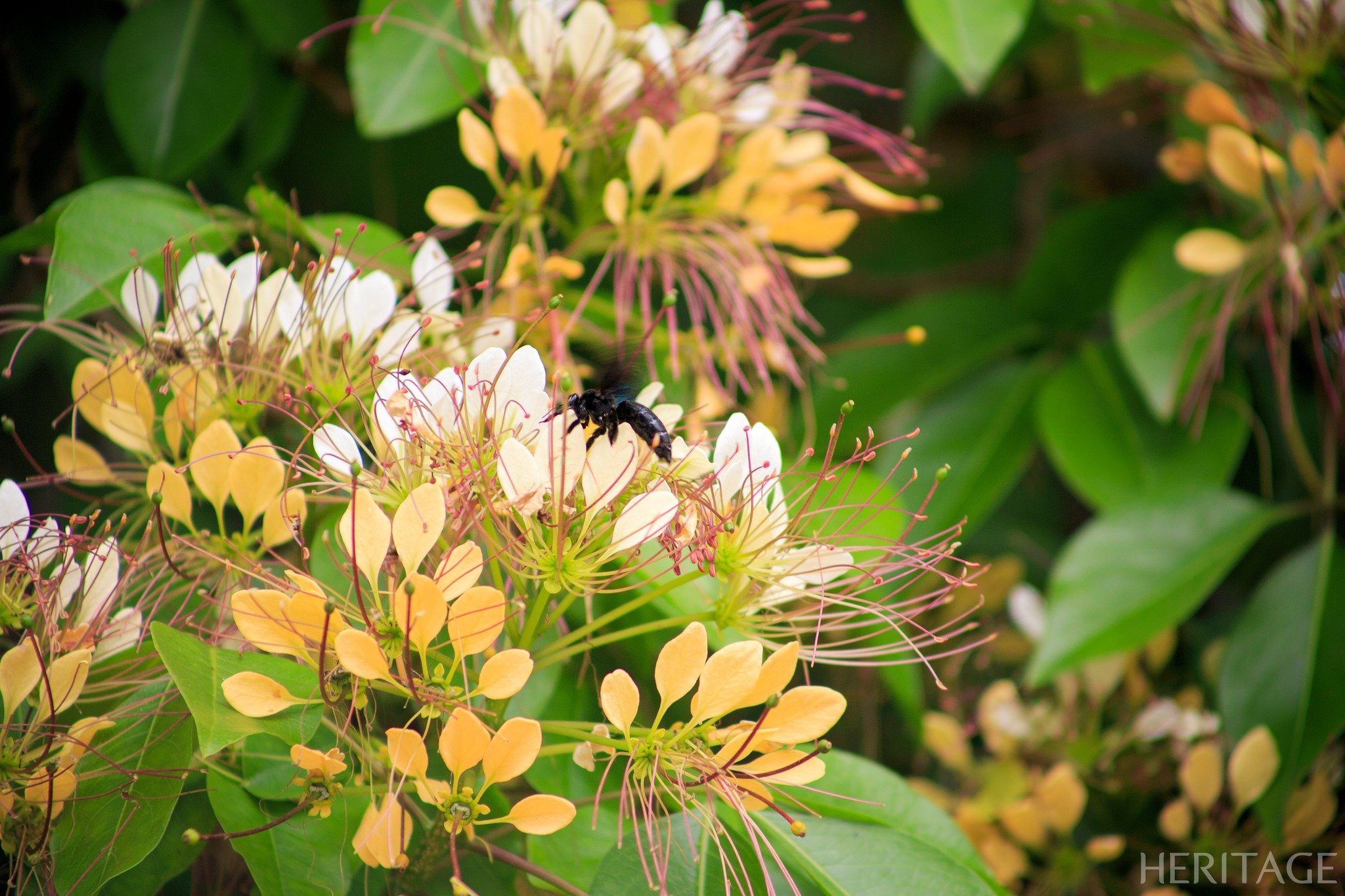
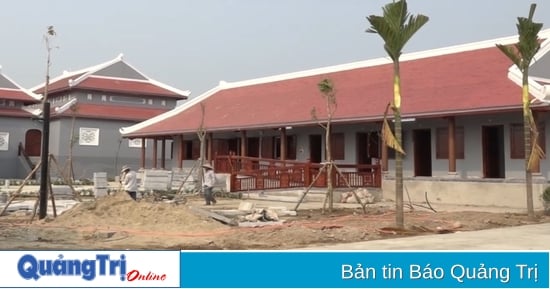

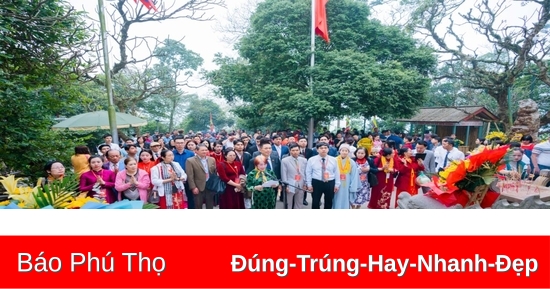
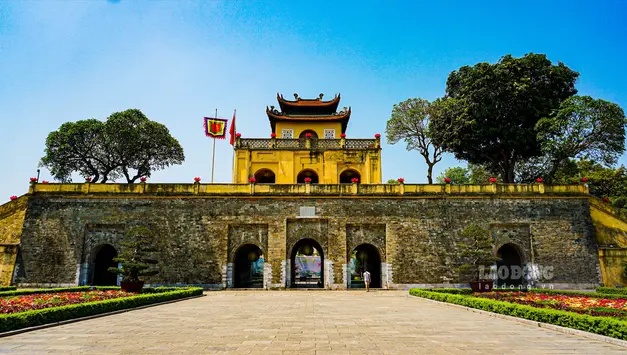

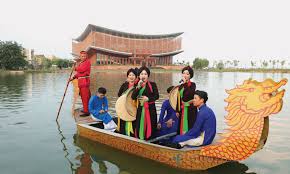

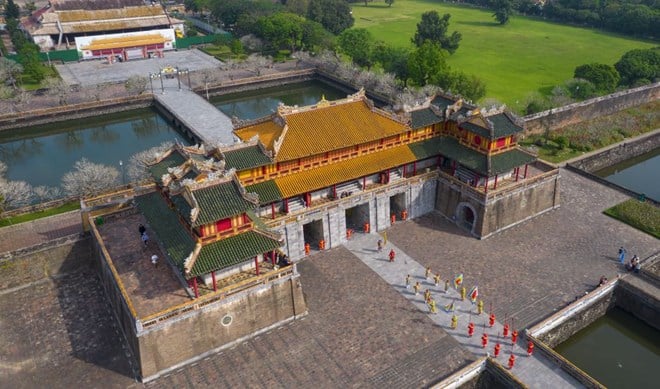

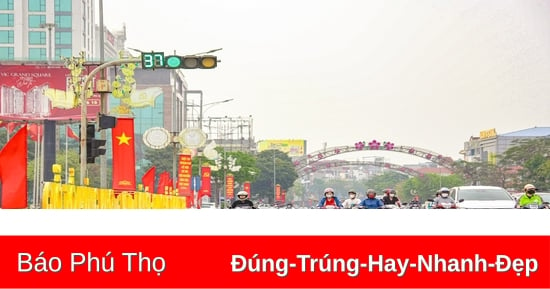
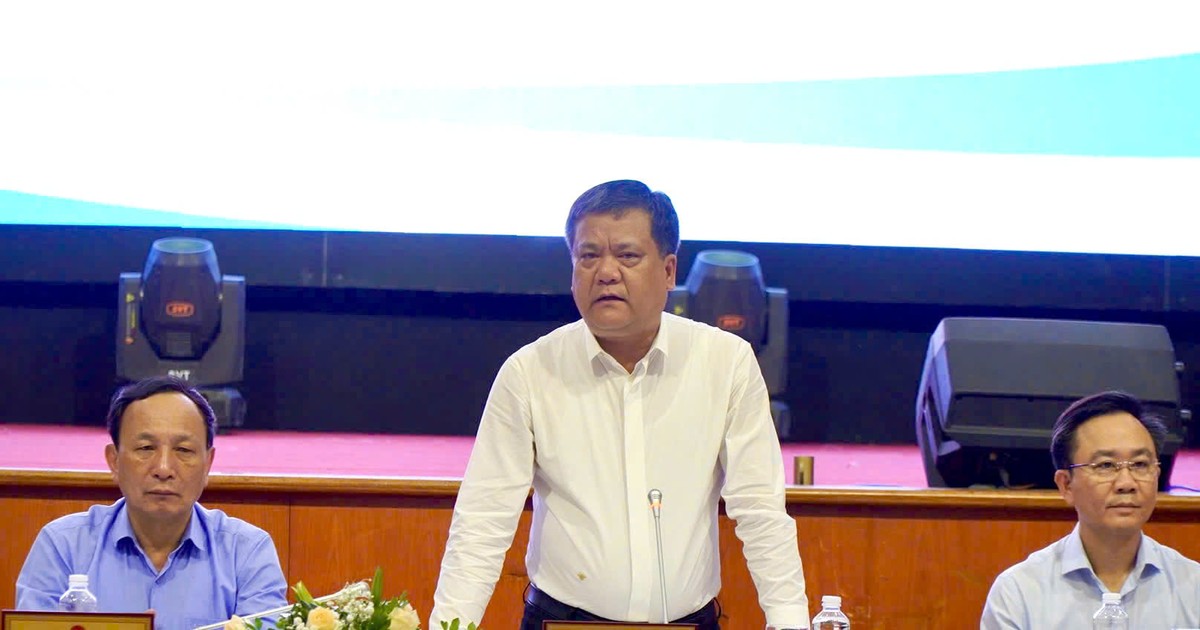
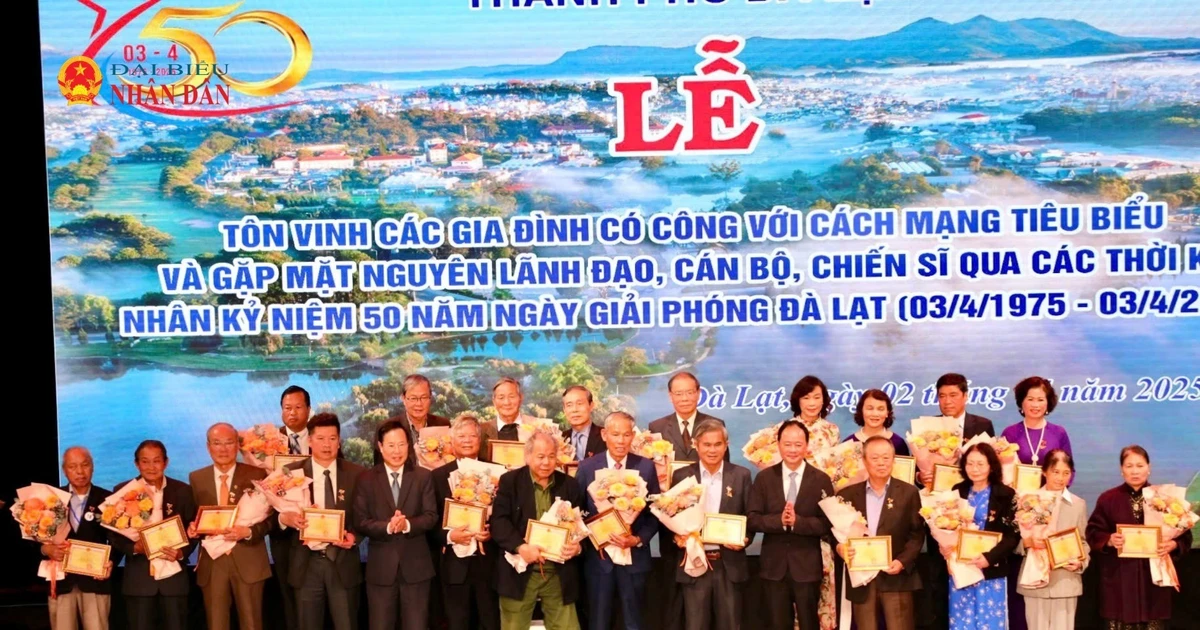
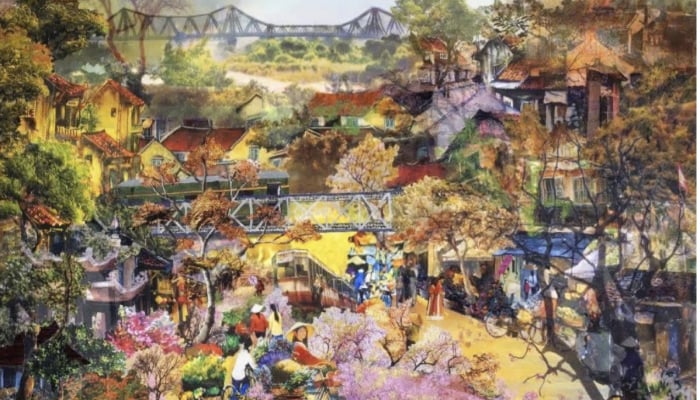
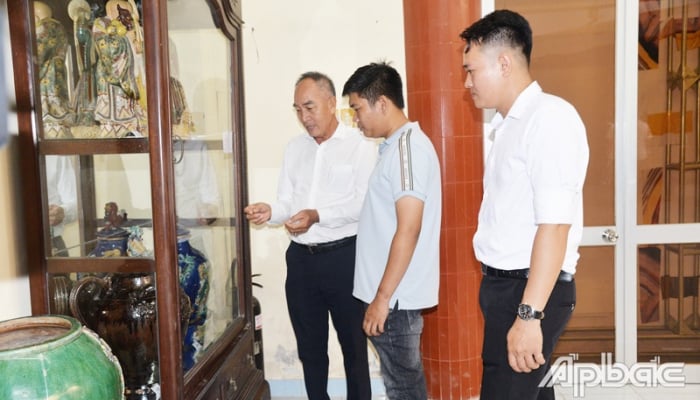
![[Video] Award ceremony of the contest "Denmark in your eyes 2024"](https://vstatic.vietnam.vn/vietnam/resource/IMAGE/2025/4/2/5204aa8890024b2e932f28393f139f27)







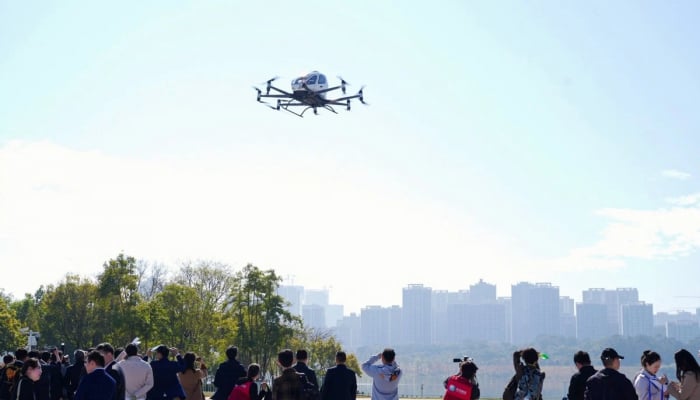
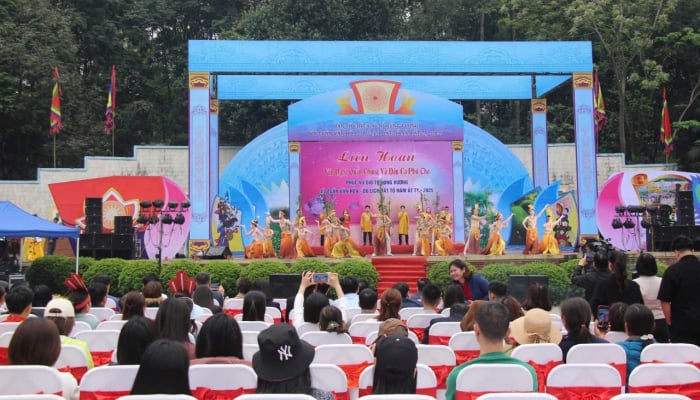















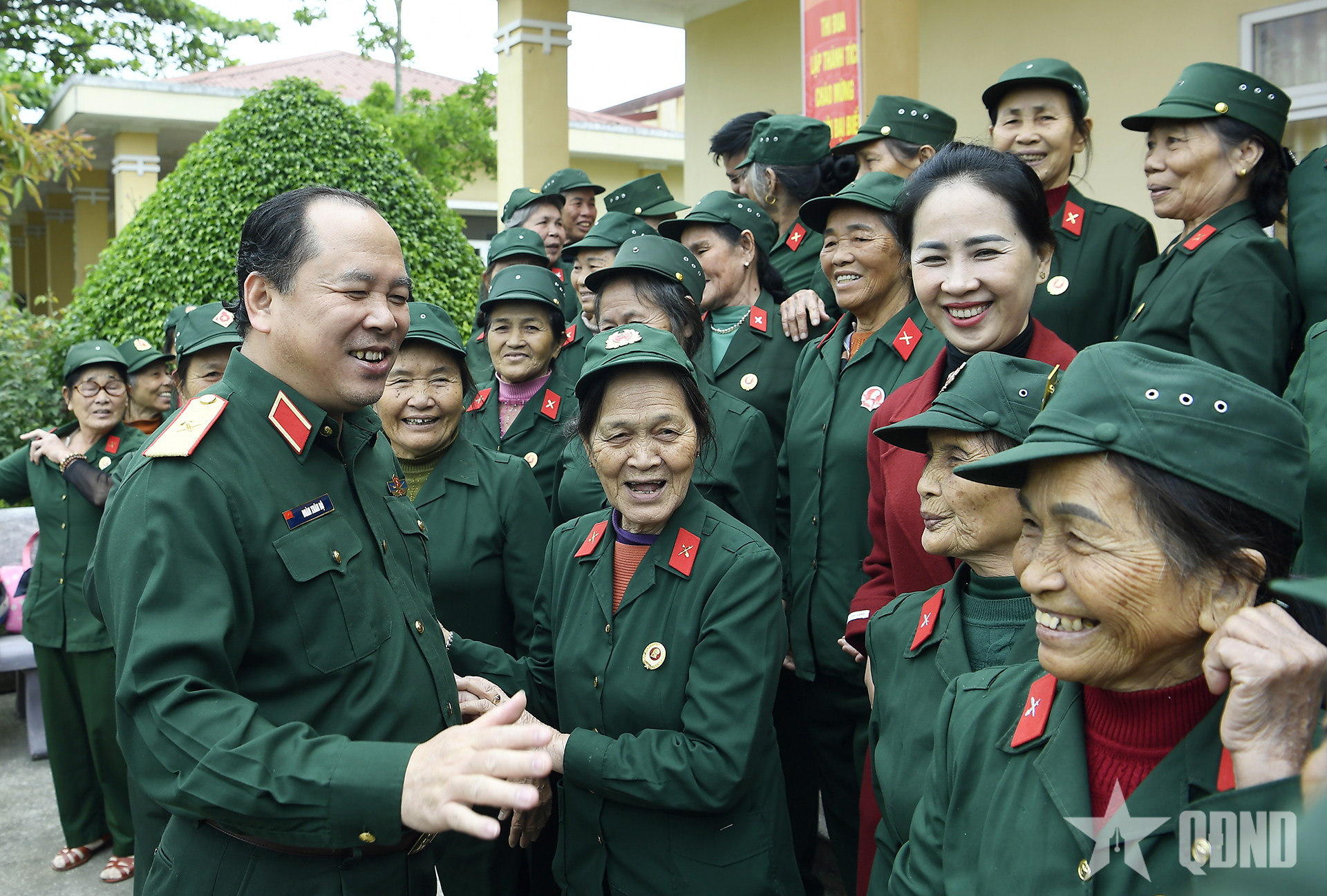


















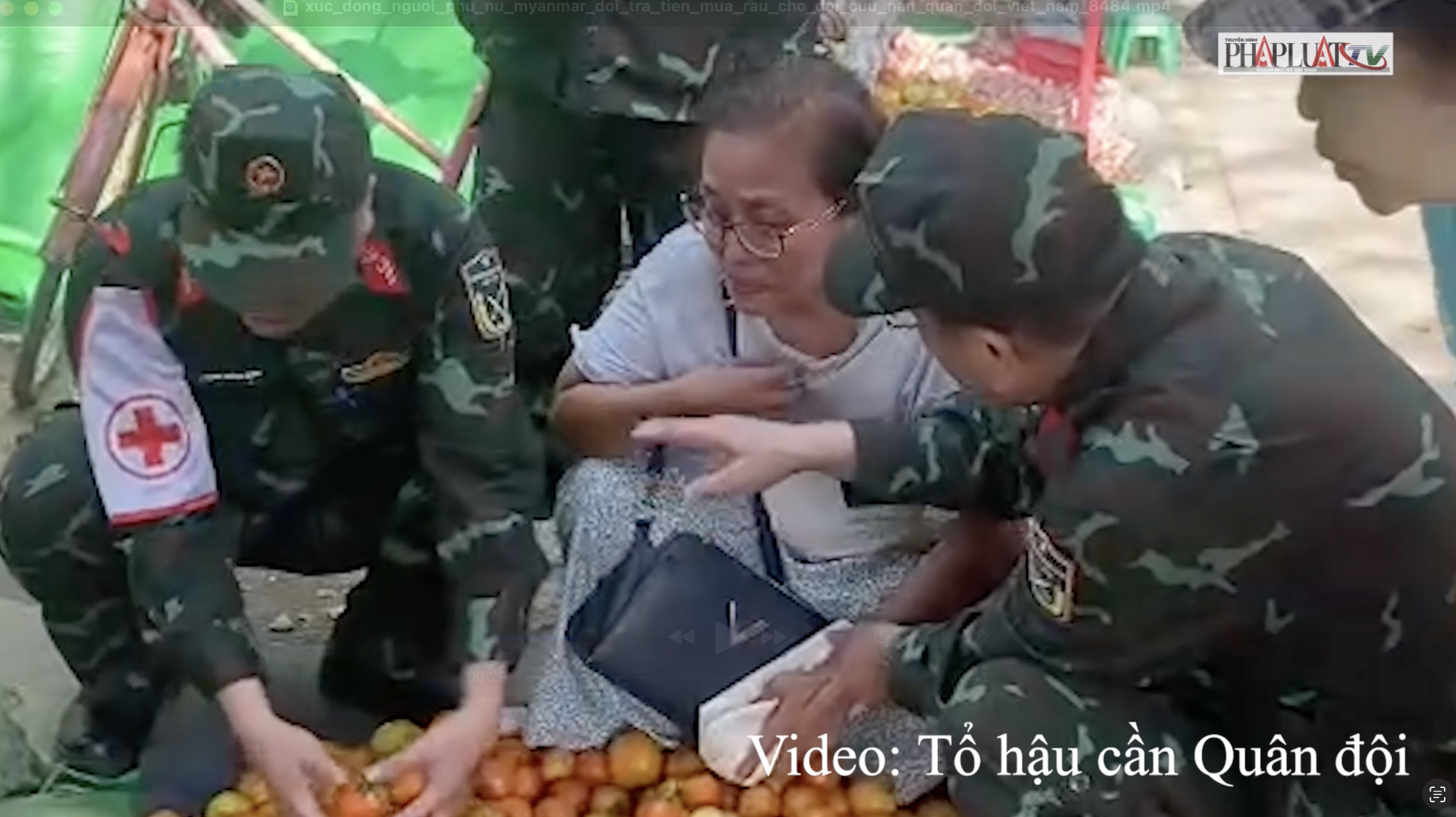

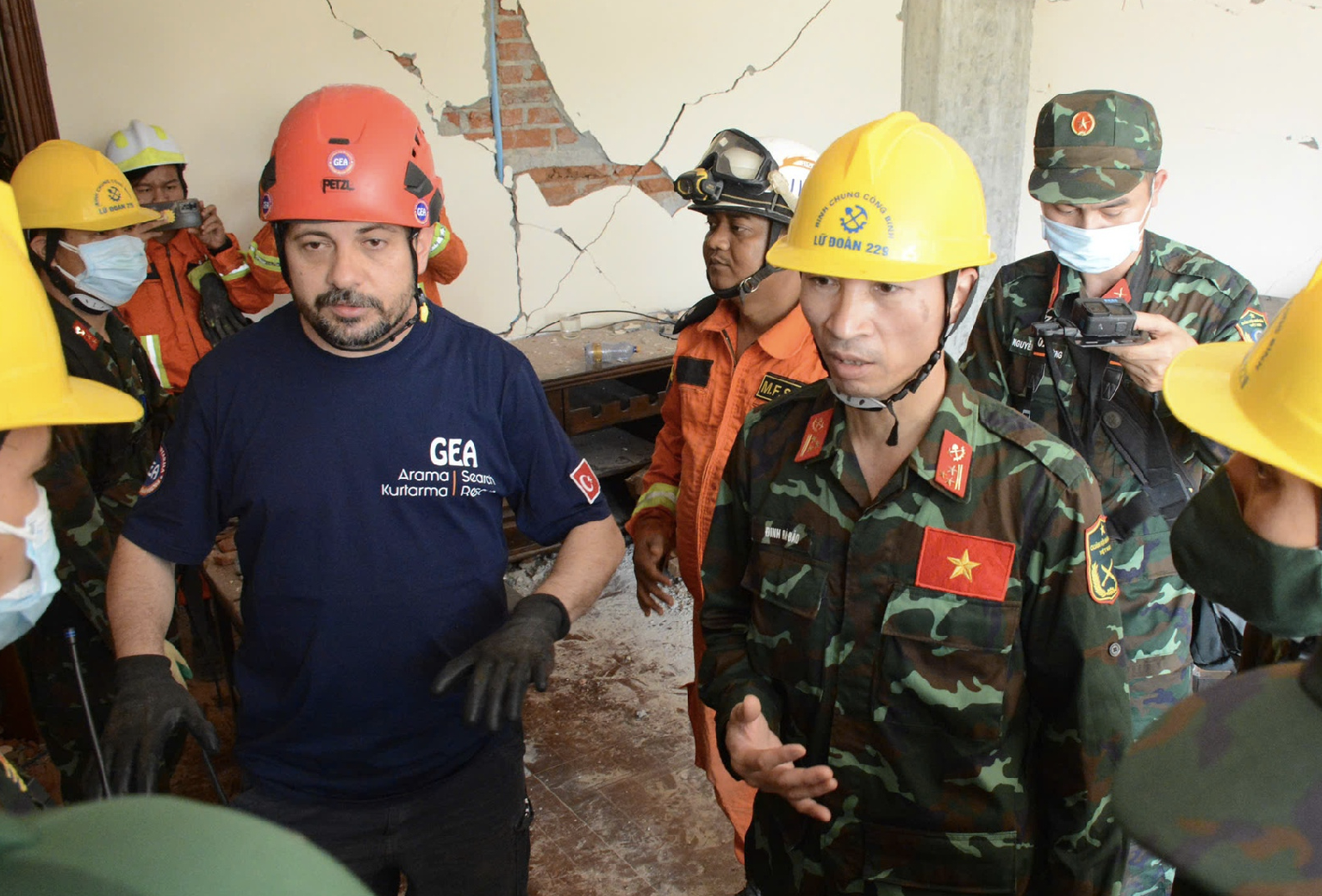





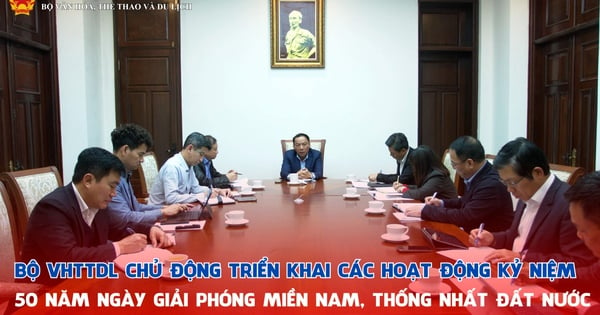

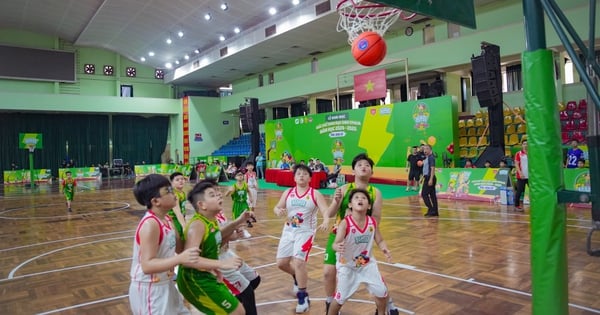
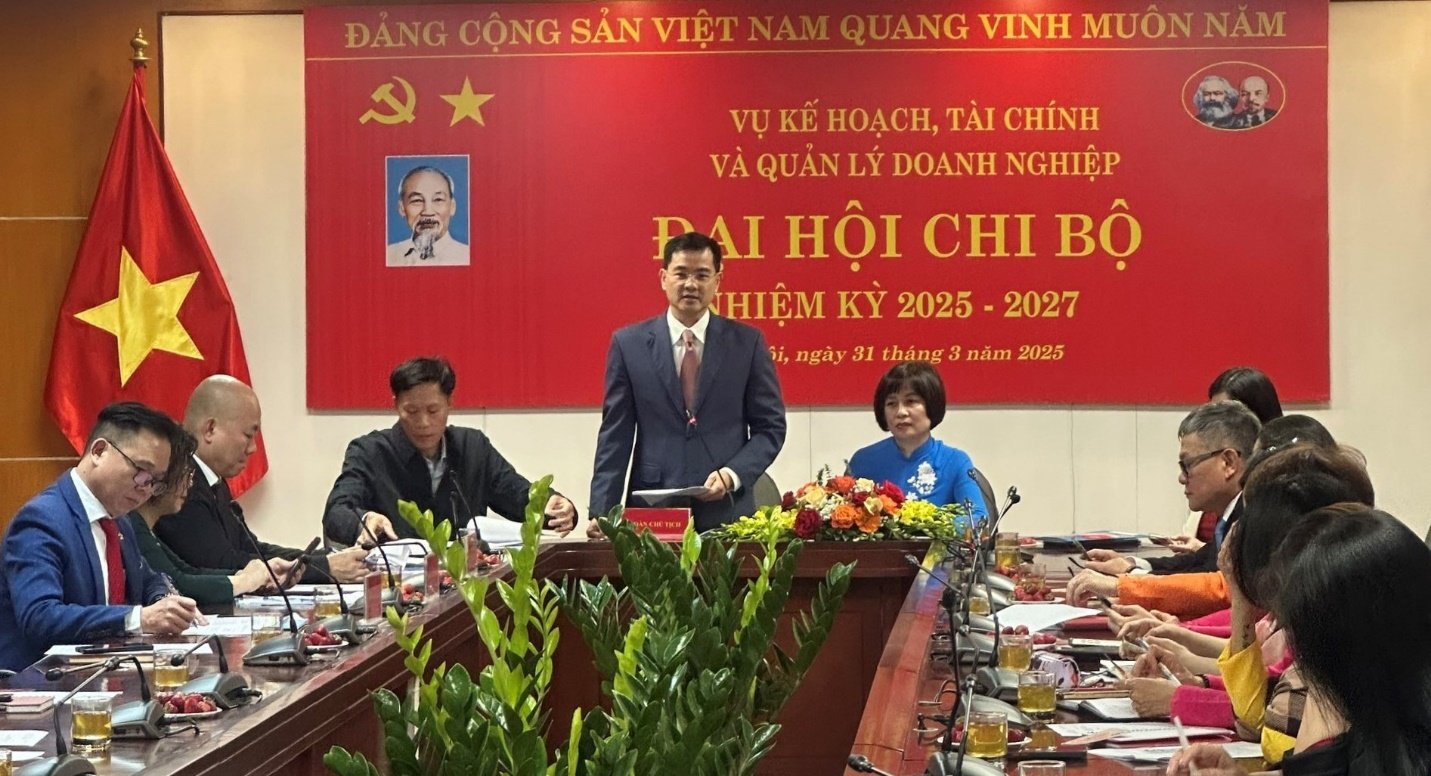



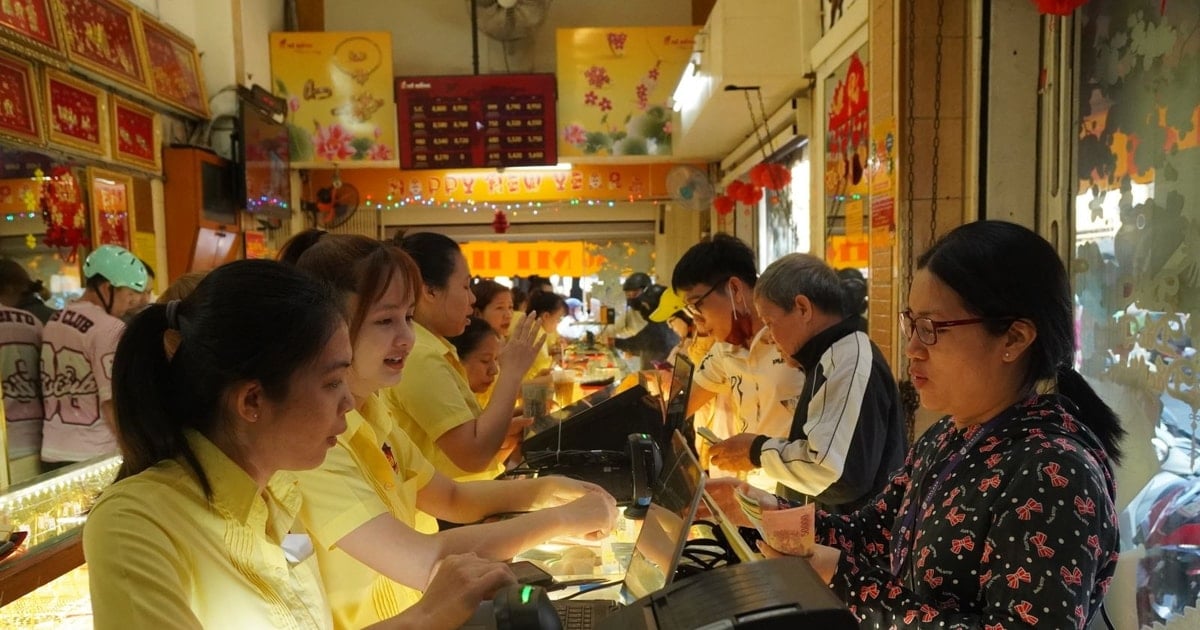
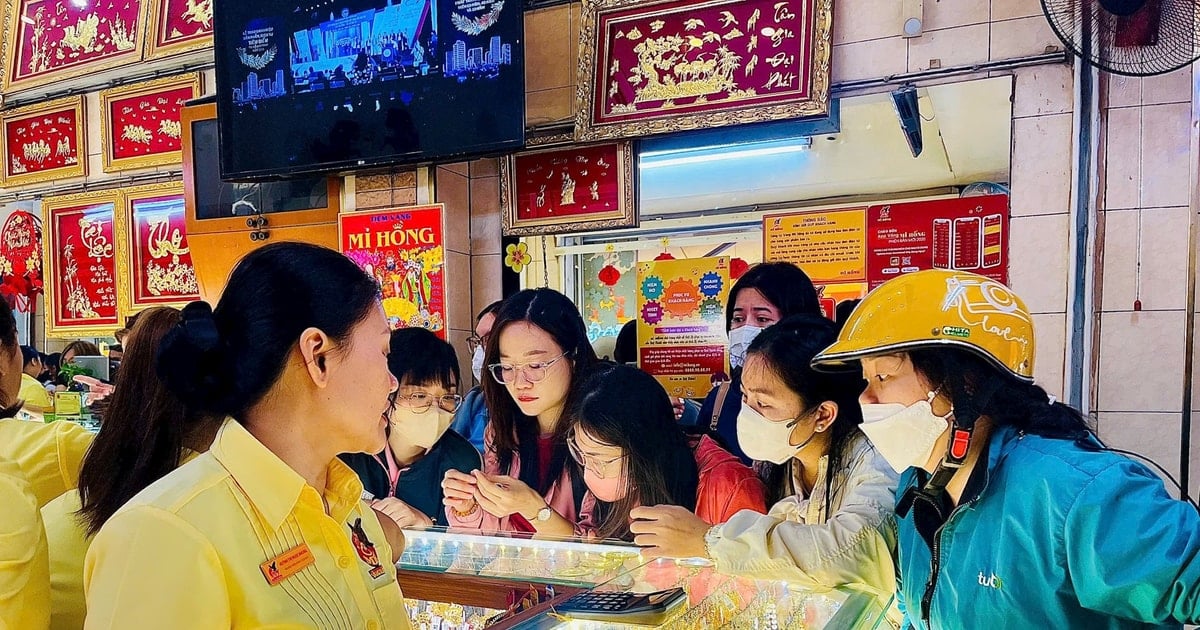

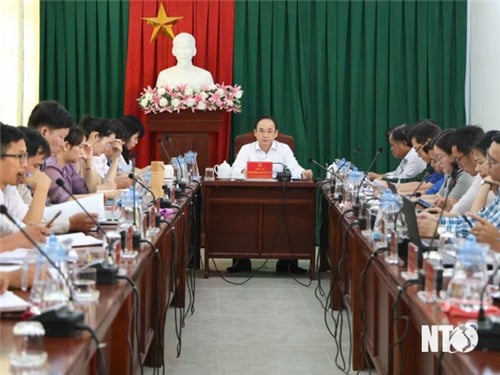
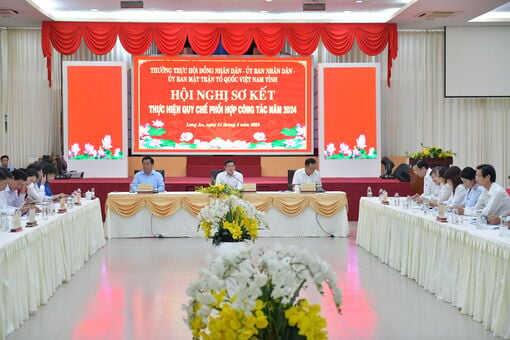
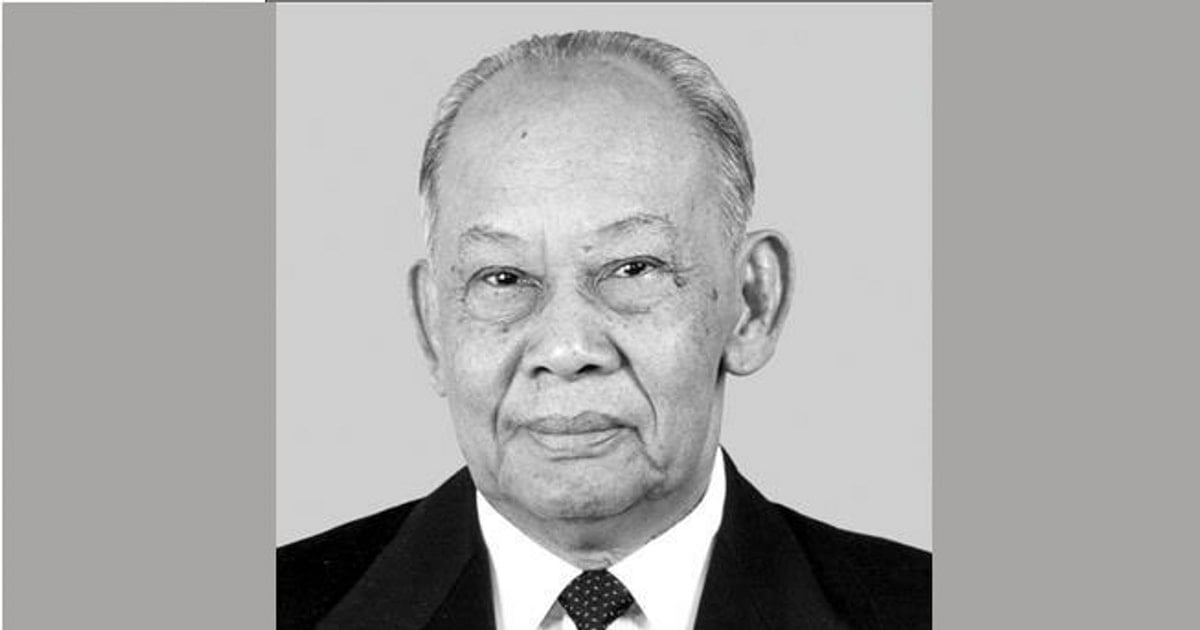








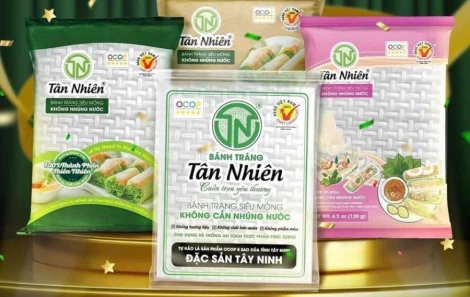





Comment (0)